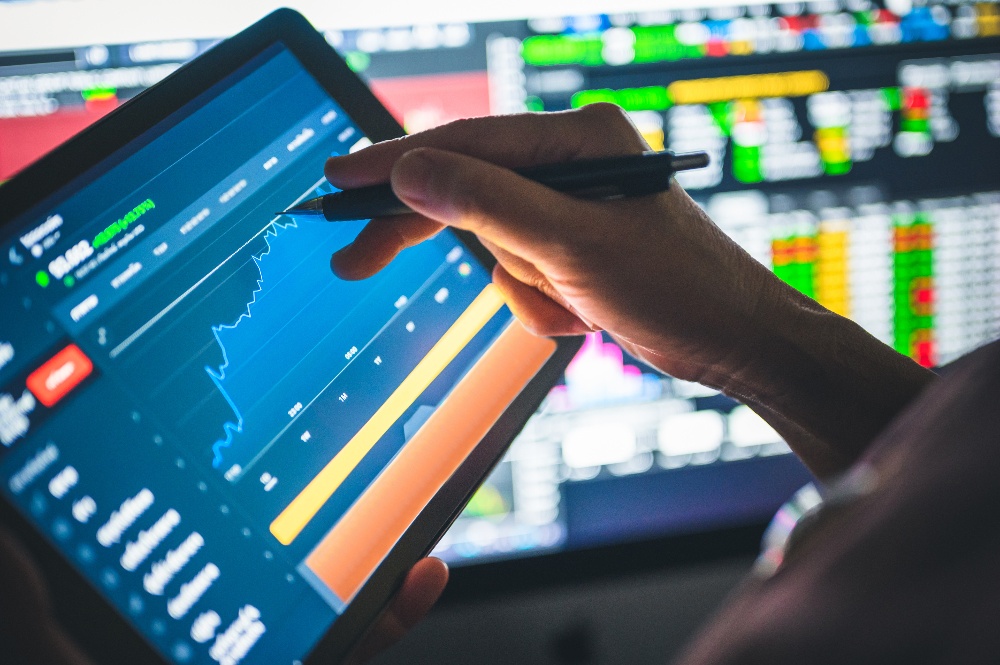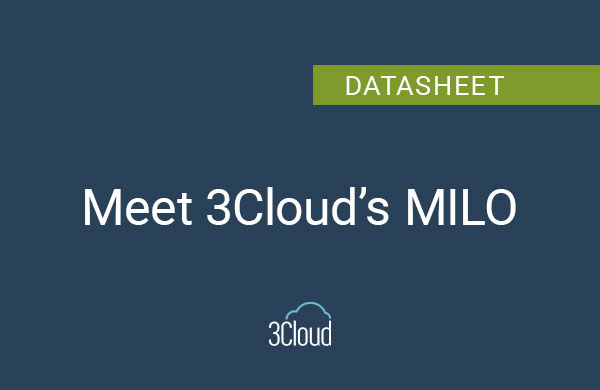Who can use forecasting?
The goal of forecasting, or any statistical model, is to identify the predicable signal and the random noise that underlies a given dataset. Many companies use forecasting to anticipate future values in time series data, such as supply chain fluctuations, hospital occupancy rates, or government tax revenue. There are many tools in Azure that can be used for forecasting purposes, take for example a recent engagement where BlueGranite used Azure SQL DB for a Scenario Forecasting solution for one of our clients. You can also find a demo of a demand forecasting model built with Azure Machine Learning at this end of this post.

Why not use a regular prediction model?
Standard prediction models result in just a single value estimate and usually do not include important preprocessing steps specific to time series data. Forecast models instead result in a series of values for a defined future horizon. AutoML additionally preprocesses the data by ensuring observations are at equal, non-empty, defined intervals and converts time values into a set of new datetime variables that can capture seasonal fluctuations. Finally, AutoML considers a variety of models to make the most accurate forecast possible, including Prophet, ARIMA, and deep learning, among others.
Why AutoML?
As its name suggests, AutoML in Azure is an automated method of quickly building and evaluating multiple machine learning model and parameter combinations. It democratizes AI through quick-start notebooks or a no-code user interface that builds, scales, and deploys AI models on the Azure cloud. AutoML addresses common use cases like regression and classification, as well as forecasting.
What can I learn from forecasting?
Forecasts offer useful insights for business decision making. First and foremost is the forecast horizon that projects forward time series estimates. The actual length of the horizon can be customized by length and frequency, depending on the historical data. In addition, the forecast can include confidence intervals. This is useful for a retailer in targeting a higher supply threshold, such as knowing how much of a product to have on hand to ensure it is available 95% of the time. Finally, a forecast model can incorporate other time series data that helps predict a target measure. Some models even offer interpretability as to which variables are most important for the prediction.
What can’t I learn from forecasting?
AutoML is truly a powerful way to build useful forecast models; however, there are some important limitations present with any time series model. Some variables cannot be forecasted, following what is called a “random walk” over time, such as currency exchange rates, earthquakes, and most stock prices. The next limitation is how far in the future a forecast can estimate. Consider, for example, the weather. Although I may know the average temperature for Kalamazoo, Michigan in February, it is difficult to know the weather two weeks from today. Future predictions also depend on the historical data and cannot anticipate scenarios outside of the training data, often called a “structural break”. Like all predictive models, it is important to regularly monitor forecasts.
Want to see more?
In this demo, I discuss a grocer using demand forecasting to predict weekly sales of different orange juice brands in its stores. The example comes from this quick-start notebook if you wish to complete it on your own.
Think Big, Start Small
Watching this mind-blowing tech evolve, and now implementing and managing solutions driven by it, the thing that continually stands out for our team at BlueGranite is the potential some of these systems have to change the world.
Wondering how it can potentially change your organization? Contact us today to discover how we can put your data to work for you.




